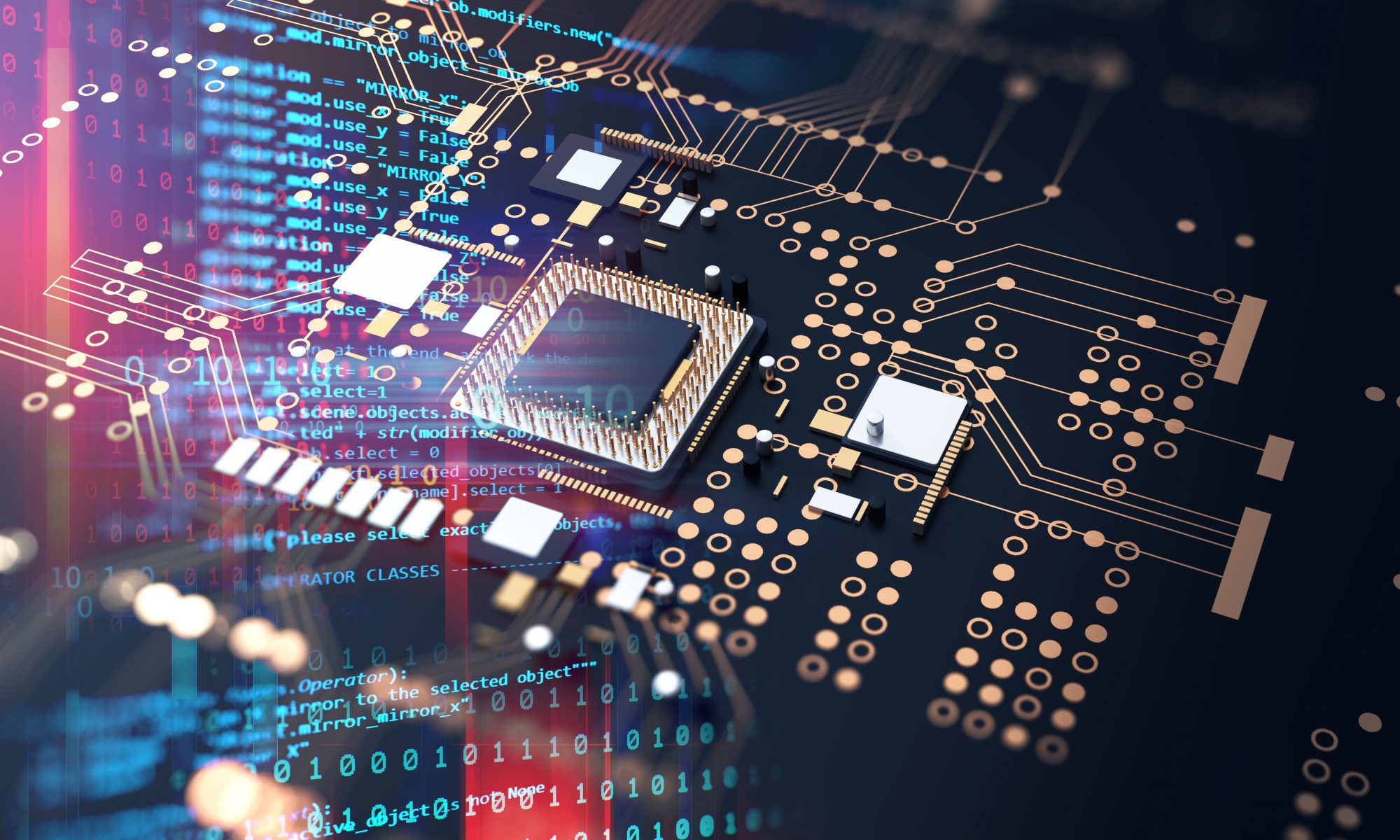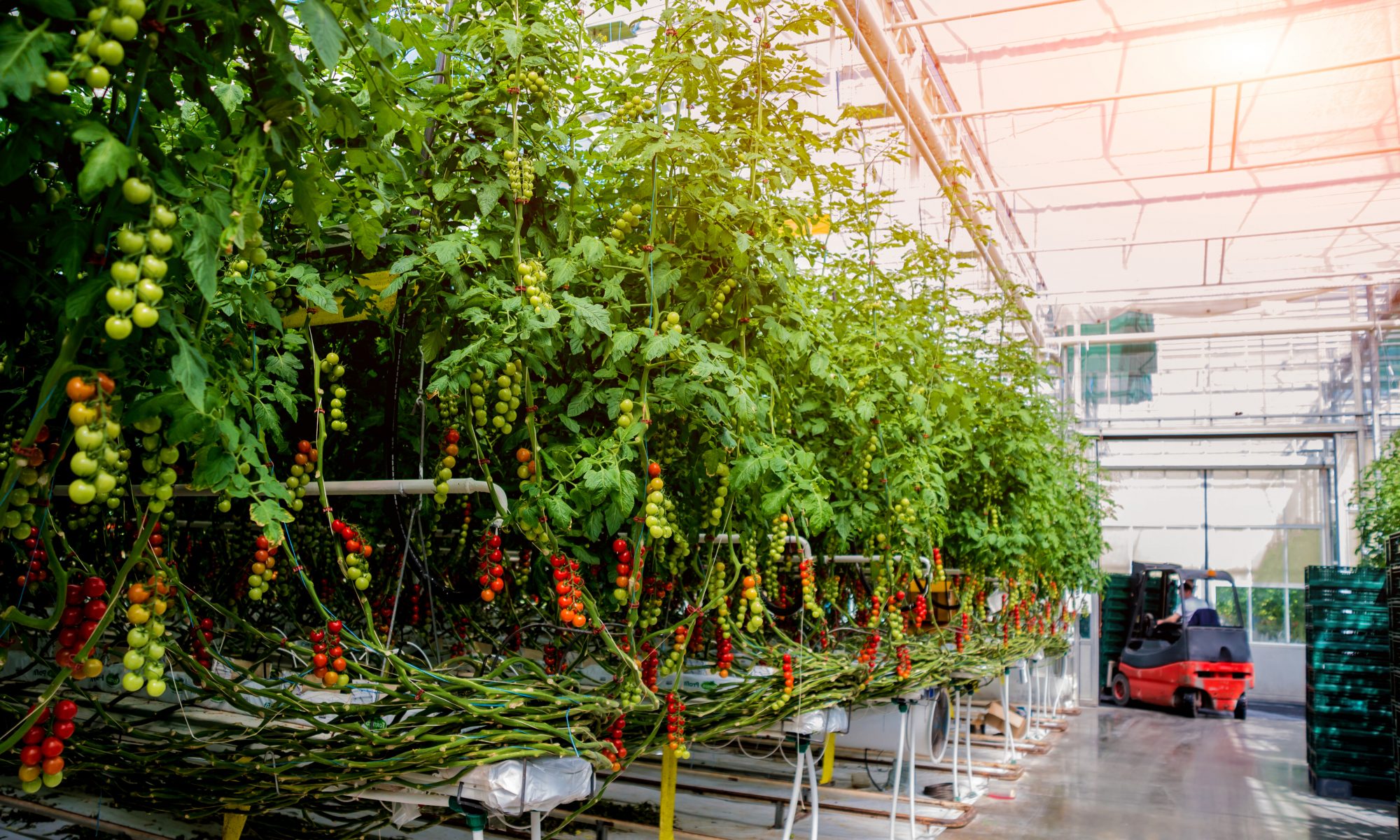BehrTech Blog
IoT and Sustainability: 7 Applications for a Greener Planet
Traditionally, advancements in technology and environmental sustainability have seemed mutually exclusive. We often think of technological advancements as having a negative impact on sustainability. Since the first Industrial Revolution in the mid 18th century, technological innovations allowed humans to exert a greater influence over natural resources. This combined with the ever-growing population resulted in a heavier usage of raw materials and an increased amount of production, leading to a significant resource depletion and rise in CO2 emissions.
Until now, the factors that propel digital innovation and sustainability have been disconnected. One is motivated by extensive technological change led by IoT, AI and robotics, all promising to transform industrial and commercial processes. The other is driven by climate and environmental deterioration as well as geopolitical instability, all of which demand a new approach that prioritizes resource conservation and environmental governance — and in particular intensifies efforts to de-carbonize the atmosphere.
However, with today’s advancements in IoT sensor technologies and wireless connectivity, the two concepts of digital innovation and sustainability have become mutually reinforcing. Companies must embrace digital transformation and its business-critical insights in order to pivot to more energy-efficient practices, use resources more responsibly and organize processes in ways that reduce waste.
Here are 7 impactful ways companies can use IoT for sustainability:

1. Smart Energy Management
While reduced costs and user comfort has been paramount in the design of HVAC and lighting systems since their inception, customers and communities have placed an increasing emphasis on sustainable technology. Energy consumption accounts for more than 40% of a commercial building’s total energy use. It’s no wonder so many facility managers (FMs) are finding ways to optimize this system’s efficiency.
Until recently, HVAC equipment has often been regulated in a uniform, predefined fashion, causing wasteful problems like overheating or under-heating across the property. In this context, real-time, granular IoT sensor data enables on-demand, micro-zoned equipment control to achieve higher energy efficiency. What’s more, leveraging occupancy data can also unveil important trends in HVAC and lighting needs to optimize equipment schedules. For example, if HVAC and lighting systems are set to operate until 8pm, but data reveals tenants don’t stay later than 7pm, facility managers can cut one hour of daily energy use to greatly reduce their carbon footprint.
When it comes to usage monitoring, wireless utility submeters help deliver consumption data at discrete building areas or even on individual assets – especially energy-intensive ones. Having these insights at their fingertips, facility operators can swiftly identify and locate bottlenecks for counteractive measures.
2. Air Pollution Monitoring
Most of the rising global attention to air pollution focuses on the impacts that ozone, particulate matter and other pollutants have on human health. The World Health Organization (WHO) estimates that air pollution inside and outside the home is responsible for about 7 million premature deaths worldwide. The majority of these deaths—4.2 million—are associated with outdoor pollution. It is a leading environmental risk factor affecting urban and rural populations around the world.
Outside of the devastating impact on health, air pollution also has significant ramifications on climate, water, weather, renewable energy, food and vegetation. Recent innovation in low-cost pollution sensors has enabled a new generation of air quality monitoring that provides actionable high-resolution data at a fraction of the cost of traditional monitoring systems. Companies now have real-time snapshots of where air pollution is coming from and traveling to, and who and what is most affected.
For example, methane, the primary component of natural gas, is a potent greenhouse gas accounting for 20% of global emissions. The largest source of industrial emissions is the oil and gas industry, which loses $30 billion worth of methane each year from operations. In this context, an air quality monitoring solution enabled by a low-power wide area network (LPWAN), can provide operators real-time insight into previously undetectable leaks in far flung, remote locations, as well as the ability to remotely control valves to prevent further methane leakage.
3. Smart Waste Management
As cities grow, so does the amount of garbage we produce. By 2050, the United Nations estimate that 68% of world population will live in urban areas and the World Bank that solid waste will increase by 70%. The inadequacy and inefficiencies of existing trash containers and landfills may lead to the accumulation of garbage on city streets and to illegal dumping, with serious consequences for public health. At the same time, more frequent waste collection means more air and noise pollution, traffic, and higher public costs.
Smart waste management has often been discussed in the municipality context, but its benefits and applicability for enterprises are just as far-reaching. It helps to tackle the persistent challenge of emptying schedules that aren’t aligned with actual demand. With waste production rates varying from one day to another at industrial and commercial facilities, pickup trucks often arrive just to offload half-full dumpsters. Needless to say, this introduces increased costs and wasted resources, not to mention the amount of carbon emission resulted from redundant truck trips. In other cases, waste containers may already be overfilled before the collection schedule, causing unhygienic conditions and the potential for more hazardous emissions.
Wireless IoT sensors can combat these issues by delivering various real-time data on trash receptacles at facility managers’ fingertips. Knowing the current fill level of each container, they can better foresee when one needs to be emptied, as well as understand how much and how quickly each type of waste is being disposed on a daily and seasonal basis. On top of that, temperature and humidity data reveal useful insights into undergoing microbial activities inside individual dumpsters. Having all this information at hand, businesses can optimize the pickup schedule of each waste type for higher efficiency, as well as lower transport costs and environmental footprint. At the same time, they can make informed decisions about the container capacity and location to adapt to the actual demand and avoid unwanted overfills.
4. Fleet Management
There’s an increasing focus on the environmental impact of different fuel types, particularly the affect diesel engines have on air quality. When combined with the ongoing drive to reduce CO2 levels across the board, fleet operators are under more pressure than ever before to make sure their fleet related decisions take environmental factors into consideration.
Location, fuel consumption, idle time, driver behaviour and vehicle health all play a role in the total emissions produced by a fleet. IoT sensors powered by low-power wide area networks provide critical insight into these metrics to better optimize routes, improve driving behaviours and ensure timely vehicle maintenance.
For example, real-time location data allows for more accurate and responsive route planning. This reduces the amount of time vehicles spend idling in traffic, producing harmful emissions. Likewise, IoT sensors can be configured to identify and track sudden acceleration or braking, speeding, high-speed turning, frequent stopping, and slow driving – all of which result in wasted fuel.
5. Smart Water Management
According to MIT Researchers, more than 50% of the world’s population will be living in water-stressed regions by 2050. It’s therefore vital that individuals, companies and municipalities find ways to reduce the amount of water wasted annually. On average 85% of properties waste 35% of their water consumption by means of leaks. At the municipal level, pipe leaks can account for 20-30% of total drinking water. In addition, when factoring in the flood mitigation system, one to two tonnes of material waste per square meter is produced from demolition due to floods. This also makes mitigating water loss essential to reducing the waste that goes into landfill as a result of floods.
Advances in IoT sensors and wireless connectivity have dramatically lowered the cost of gathering, storing and analyzing data from specific equipment, like pumps or valves, or entire processes like water treatment or irrigation. Sensors can monitor fill levels, control the quality water and be used to detect leaks. For example, by installing leak detection sensors in high-risk areas throughout a building or plant, facility managers can be alerted upon the very first sign of a leak allowing them to take remedial action. Taken a step further, hooking this data into a building management system enables automated responses like shutting off the supply valve or HVAC equipment.
6. Smart Farming
Faced with tough challenges of exploding world population, dwindling arable lands and natural resources, alongside growing extreme climate events, the agriculture sector is under undue pressure. According to the UN’s Food and Agriculture Organization (FAO), worldwide food production will need to increase by 50 percent by 2050 to feed an expected population of nearly 10 billion.
Optimizing farming efficiencies opens the door to a sustainable food production system that can cater to global demand while reducing resource usage and environmental footprint. Powered by granular wireless sensors, smart farming systems deliver real-time data of soil conditions and various external factors that play into crop growth. An analytics platform then processes this data for demand-based, targeted execution of various farming practices like seeding, irrigation, fertilization and fumigation. Having enough reliable data at hand, predictive models can even be developed to help identify and prevent conditions unfavourable to crop health. With IoT technologies, farmers can also monitor their cattle’s well-being and get immediate alerts on the first signs of illness, from anywhere.
Besides reducing inefficient and error-prone human intervention, smart agriculture boosts yields while minimizing chemical, water and other resource utilization. This, in turn, translates into higher production rates at a lower environmental footprint.
7. Cold Chain Monitoring
Roughly one-third of the food produced globally is wasted, with much of that loss occurring along the global supply chain. Overall, that translates to 1.6 billion tons of food, worth about $1.2 trillion, down the chute.
Temperature is considered the most important factor affecting the quality of foods. Improper temperature control and settings in the food cold chain can accelerate the deterioration of food quality, which can increase the generation of food losses and food waste.
Traditionally, personnel along the supply chain have manually read and recorded the temperature of goods to ensure optimal conditions. While this pencil scribble method is highly prone to errors, there also arises the challenge of goods moving through multiple parties (loader, carrier, shipper, and receiver) all of which have a different record-keeping system. This process significantly increases the risk of spoiled products in the event that a log is recorded incorrectly, not on time or unchecked altogether.
Smart cold chains provide end-to-end visibility of the supply chain from production and pallets to cargo and retailers. Wireless IoT sensors can track ambient conditions like temperature, humidity, air quality, light intensity and other environmental factors in any location, from anywhere, 24/7. When a threshold is breached, alerts are triggered in real-time to prompt immediate mitigation and avoid any compromise to the product’s integrity.
While technology has plagued environmental sustainability efforts in the past, it has now become an ally to building a greener planet. The advancements in IoT sensors and wireless connectivity are enabling individuals, companies and government to move to energy-efficient practices, use resources more responsibly and organize processes in ways that reduce or reuse waste.
Subscribe to Our Monthly Blog Roundup
Get Robust, Scalable & Cost-effective and Wireless IoT Connectivity
Contact a MYTHINGS™ Platform Expert for more information.

























